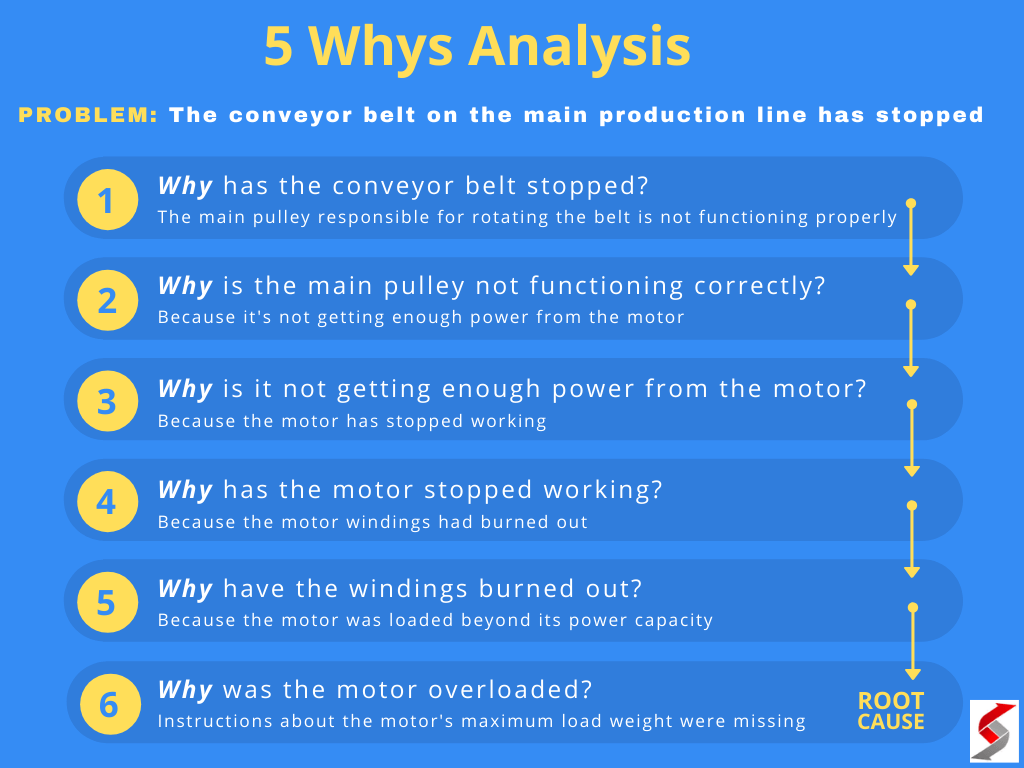Understanding Environmental Sculpture: Types, Integration, and Real-World Applications
Introduction to Environmental Sculpture
Environmental sculpture is a unique and dynamic genre of art that extends beyond traditional forms, actively engaging with its surroundings rather than simply occupying space. Unlike conventional sculptures displayed in galleries or on pedestals, environmental sculptures are designed to harmonize with and sometimes even alter the sites they inhabit. These works often utilize natural, recycled, or site-specific materials to create a dialogue between the artwork, the viewer, and the environment itself [1] .
What Type of Environmental Sculpture Is This?
Environmental sculpture can be categorized into several overlapping types based on their purpose, materials, and methods of integration. The main types include:
-
Land Art (Earth Art):
Large-scale works created directly in the landscape, often using earth, rocks, and other natural materials. Examples include Robert Smithson’s
Spiral Jetty
and Nancy Holt’s
Sun Tunnels
[2] . - Site-Specific Sculpture: Works designed specifically for a certain location, integrating the physical, historical, or cultural features of that place. The artwork and its site form an inseparable unit [5] .
- Interactive/Immersive Sculpture: Sculptures that encourage viewer participation-walking through, touching, or otherwise engaging with the piece. Beth Galston, an environmental sculptor, describes these as works that “invite the viewer to participate, often creating a unified mood or atmosphere” [5] .
-
Sustainable or Eco-Art:
These works emphasize ecological processes or use sustainable materials to highlight environmental issues, such as Agnes Denes’
Tree Mountain
[2] .
To determine exactly what type of environmental sculpture you are viewing, consider the following:
- Does it use natural or recycled materials from the local area?
- Is it built directly into or with the landscape?
- Does it require or encourage physical interaction from viewers?
- Is it temporary or permanent, and does it change over time with natural processes?
If the sculpture is embedded within the landscape, uses earth and rocks, and is designed to be experienced physically and visually as part of its natural setting, it is most likely an example of land art, which is a major form of environmental sculpture [1] .
Why Is This Sculpture an Example of Environmental Sculpture?
A sculpture qualifies as environmental sculpture based on its interaction with and integration into the environment. Here are the essential criteria:

Source: interaction-design.org
- Integration with the Environment: The sculpture is not merely placed outdoors but designed in harmony with natural or urban settings. Its materials, form, and placement are chosen to complement and become part of the landscape or environment [1] .
- Use of Natural or Site-Specific Materials: Artists may employ earth, rocks, water, plants, recycled materials, or even technology to create a work that reflects and interacts with its surroundings [4] .
- Viewer Participation: The design often encourages viewers to move through, touch, or otherwise engage with the sculpture, creating an immersive experience [2] .
- Transformation of Space: Rather than simply occupying space, environmental sculpture transforms it-sometimes creating new environments or altering the perception of existing ones [5] .
- Ephemerality and Change: Many environmental sculptures change over time due to natural processes, weather, or human interaction, emphasizing the transient relationship between art and nature [3] .
For instance, Robert Smithson’s
Spiral Jetty
is considered environmental sculpture because it is constructed from local basalt rocks and earth, forms a massive spiral directly in the Great Salt Lake, and changes dramatically with water levels and seasons. Visitors can walk along the jetty, experiencing the artwork as part of the environment
[2]
.
Key Features and Techniques in Environmental Sculpture
Environmental sculpture is characterized by its techniques and materials, which distinguish it from more traditional forms of art. Some of the most common features and approaches include:
- Site-Specific Design: Each sculpture is designed with a particular location in mind. Artists study the landscape, climate, and cultural context to inform their work [5] .
- Collaboration and Community Involvement: Many environmental sculptures involve collaboration with local communities, engineers, ecologists, and other artists to ensure the work resonates with and benefits its environment [4] .
- Experimentation with Materials: Artists may use living plants, recycled metals, or even technological installations such as LED lights or sensors to create responsive or evolving artworks [4] .
- Focus on Sustainability: Many works are designed to be environmentally friendly, using sustainable materials and techniques that have minimal ecological impact [4] .
Real-World Examples
Several notable works help illustrate the breadth of environmental sculpture:
- The Gates by Christo and Jeanne-Claude: Temporary fabric gates installed along Central Park’s paths, integrating art with the park’s landscape and inviting participation from visitors [1] .
- Broken Circle/Spiral Hill by Robert Morris: An interactive earthwork in the Netherlands, designed for viewers to walk on and experience from multiple perspectives [2] .
- Tree Mountain by Agnes Denes: A massive reforestation project in Finland, where thousands of trees were planted in a specific pattern, blending ecological restoration with artistic vision [2] .
How to Experience or Create Environmental Sculpture
If you are interested in experiencing environmental sculptures, you can:
- Visit major land art sites, public parks, or eco-art installations, many of which are listed on official tourism or art organization websites.
- Look for local outdoor art exhibitions or community-based environmental art projects.
- Search for programs or organizations supporting public art and environmental projects in your region.
For those interested in creating environmental sculpture:
- Research local environments to understand their features, history, and ecological needs.
- Consult with local authorities, environmental agencies, and community groups to ensure your project aligns with sustainability goals.
- Choose materials that are environmentally responsible and consider how your work will age or interact with the environment over time.
- Document your process and share it with the wider community to encourage dialogue about art and the environment.
There are no universal application portals for creating public environmental sculptures. However, you can connect with organizations such as the
National Endowment for the Arts
(U.S.), local arts councils, or environmental non-profits for project support. To find opportunities, search for ‘public art grants’ or ‘environmental art residencies’ on official agency sites or through reputable arts organizations in your area.
Potential Challenges and Alternative Approaches
Environmental sculpture projects may face challenges such as:
- Obtaining permissions for land use or construction.
- Ensuring ecological sensitivity and avoiding harm to existing ecosystems.
- Securing funding or community support for large-scale works.
Alternative approaches include creating smaller-scale ephemeral works, collaborating with local communities for temporary installations, or focusing on educational projects that raise awareness about the environment through art.

Source: pitman-training.com
Key Takeaways
Environmental sculpture is a multifaceted art form that blurs the boundaries between art, environment, and audience. Whether land art, site-specific, or interactive, these sculptures are defined by their integration with the environment and often encourage viewers to participate in or reflect on their relationship with nature. If you are interested in engaging with or creating environmental sculpture, research local initiatives, collaborate with communities, and prioritize sustainability in your materials and methods.
References
MORE FROM gowithdeal.com













